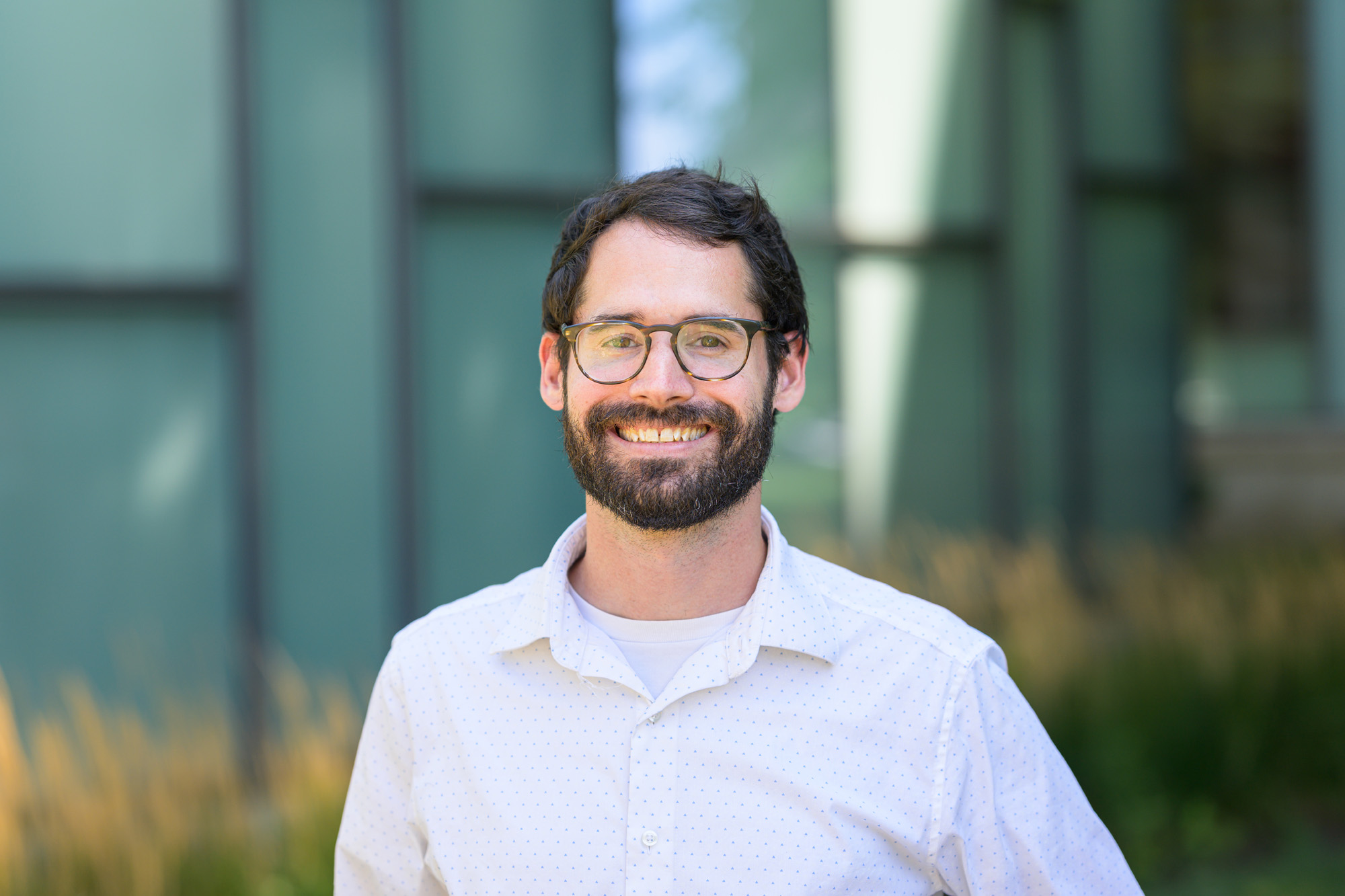Pnina Gershon Presents on Distracted Driving at Lifesavers Conference
by Adam Felts
AgeLab Research Scientist Pnina Gershon presented the AgeLab’s distracted driving research to the Lifesavers National Conference on Highway Safety Priorities.
Dr. Gershon discussed the influence of vehicle automation on driver distraction and inattention. Today’s vehicles are more automated than ever before, and with the “freeing up” of attentional resources from the driving task, drivers seem susceptible to turning their attention to other things—like using their phones. In addition, our cars are becoming increasingly technologized, themselves presenting distractions in addition to the portable devices that we bring with us into the vehicle. These new technological circumstances have created challenges for drivers—and driver safety—that were unimaginable even a few years ago.
To better understand how technology is transforming the way we drive, the AVT consortium studies how drivers use, adapt to, and behave with advanced vehicle technologies. The consortium collects data on drivers in real-time and in the “wild,” using cameras and other monitoring systems to track behaviors like glancing away from the road, phone use, and disengagement from the car’s steering wheel—to determine when, why, and how inattention and distraction might be occurring.
One AVT study has examined Tesla owners’ use of AutoPilot to aid in the driving task and how the use of partial vehicle automation has affected their driving behavior. The research has generally found that the assistance technologies like AutoPilot, when engaged, have effects on the attentiveness of the human driver. For example, drivers’ glances away from the road increase significantly after AutoPilot is engaged, and only decrease once the system has been disengaged. Drivers are also 3.5 times more likely to engage in manual cell phone use while AutoPilot is working.
Even though AutoPilot appears to “take over” the driving task from the human operator, drivers are still expected to pay attention to the road even with AutoPilot engaged—but this may not be happening in practice.
Partial vehicle automation, Dr. Gershon said, has transformed the role of the driver, by adding new part-time duties such as “monitor” and “collaborator.” Many of us may still need to learn and be instructed on how to carry out these new driving duties. New approaches are needed to monitor, manage, and motivate drivers to effectively take on these new roles as an integrated component of the automated system.
